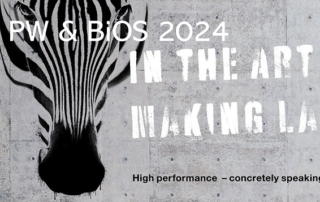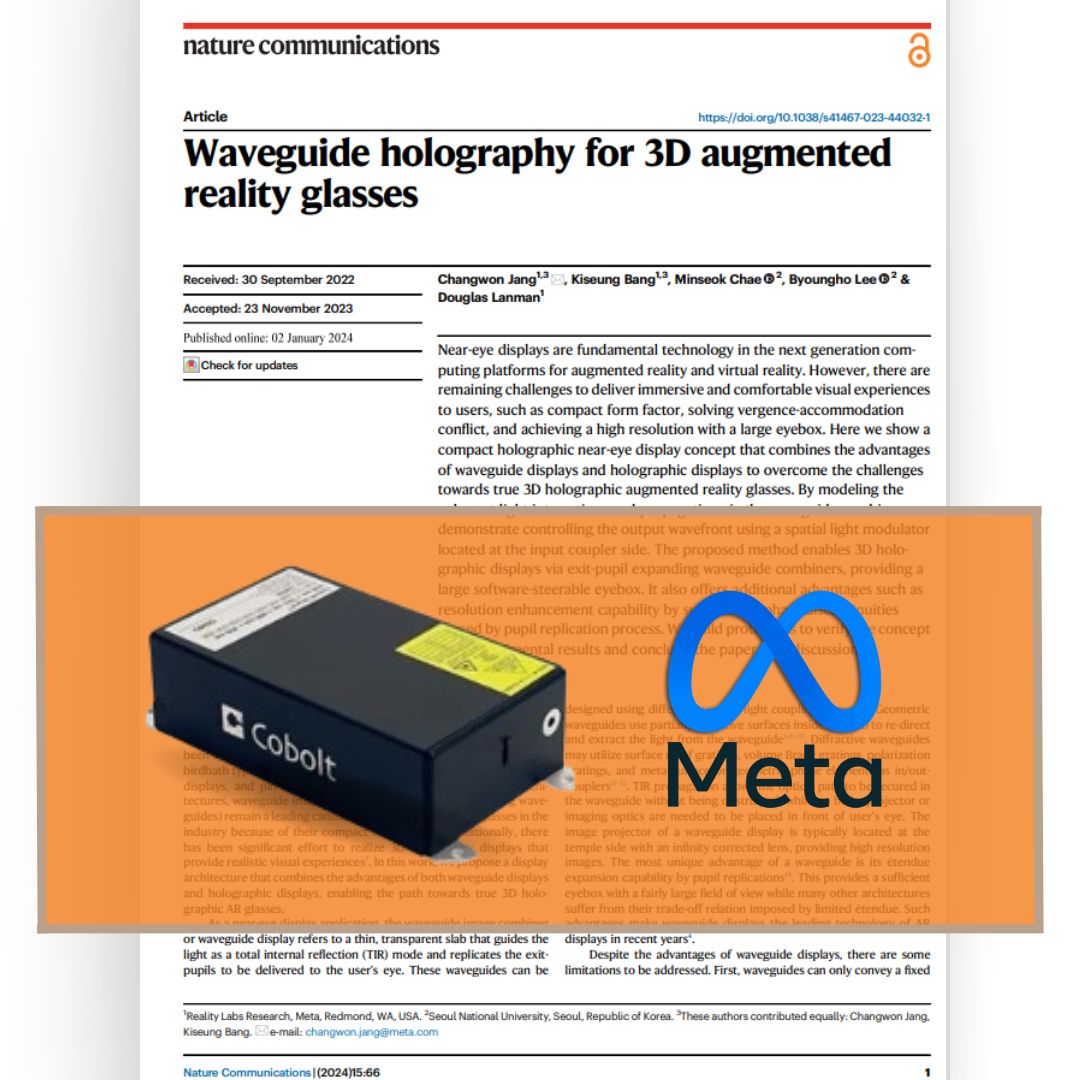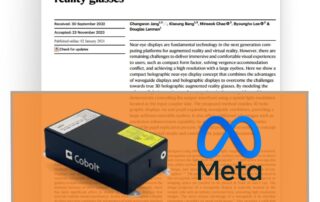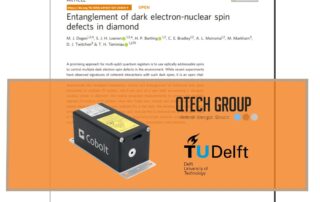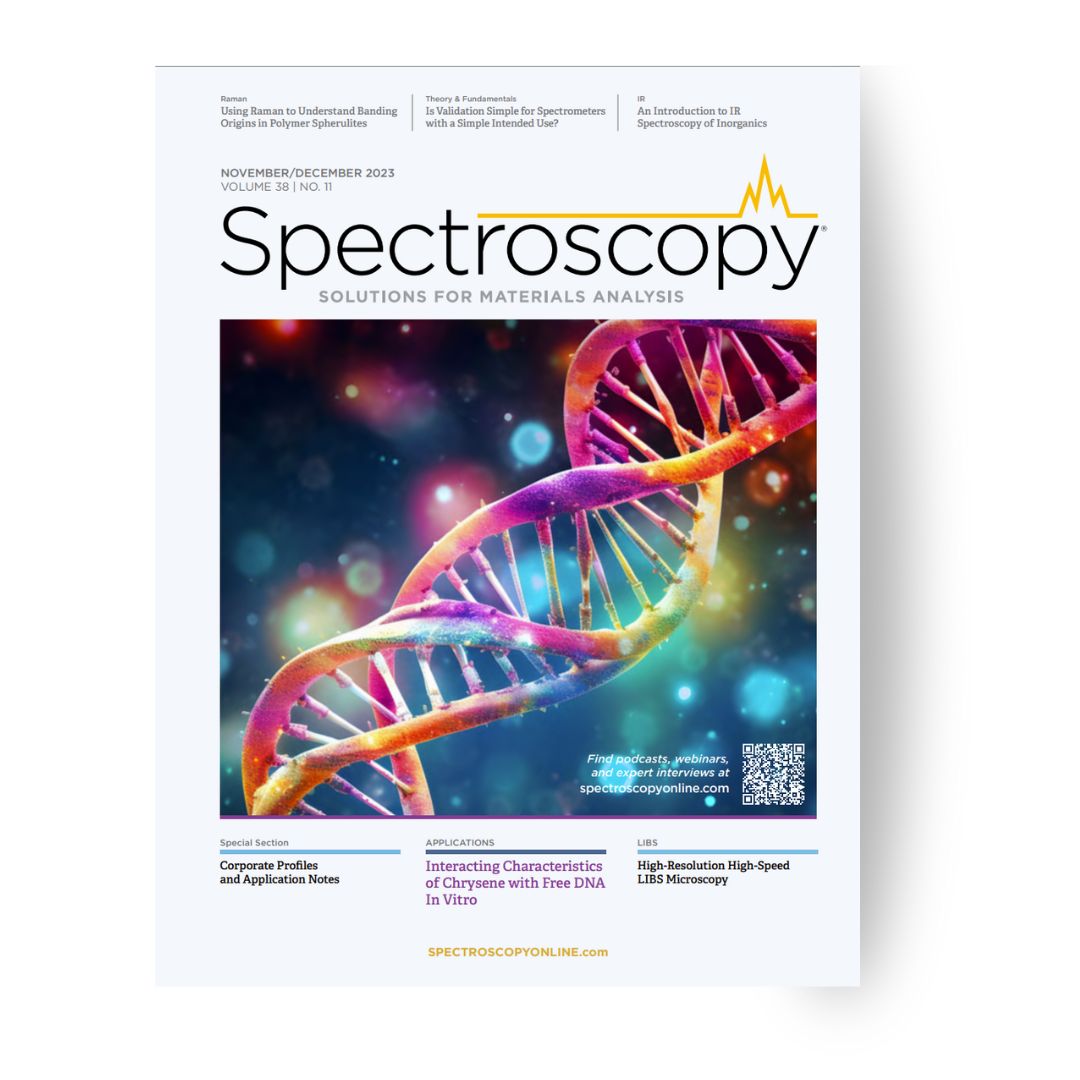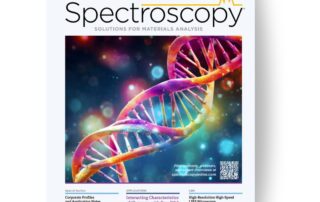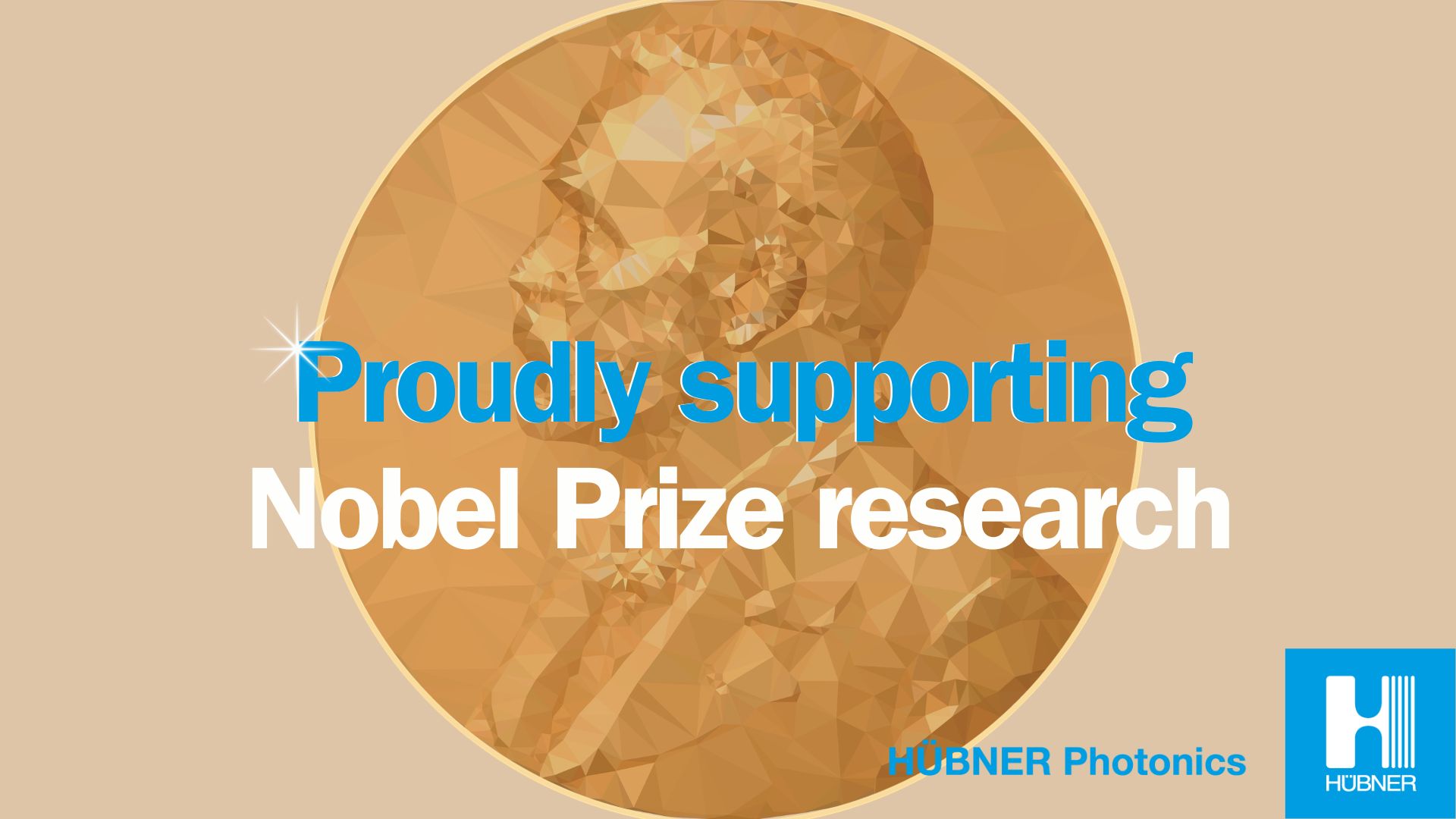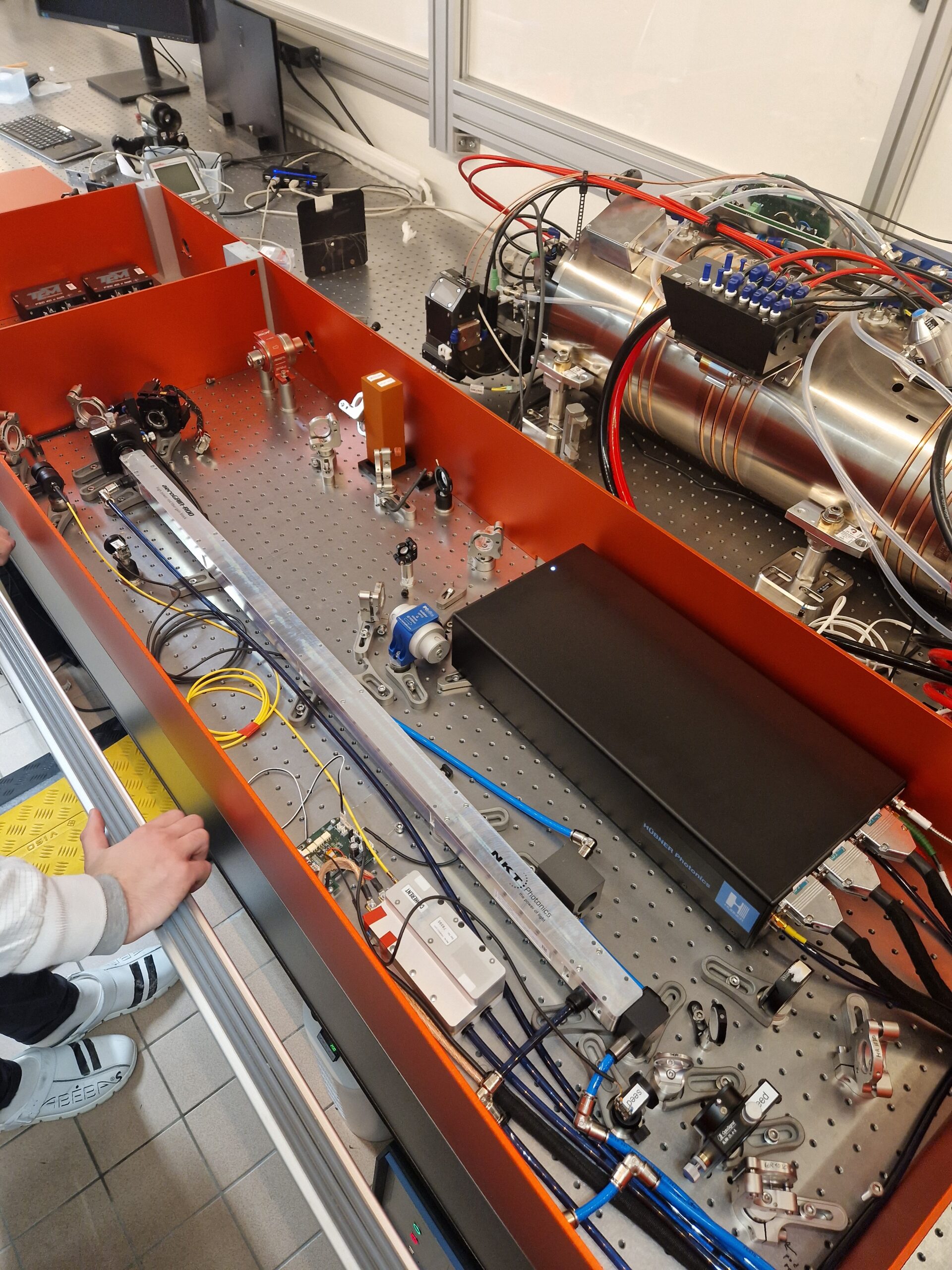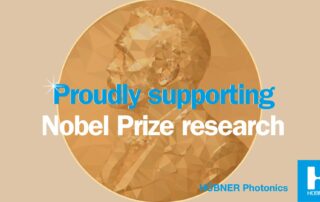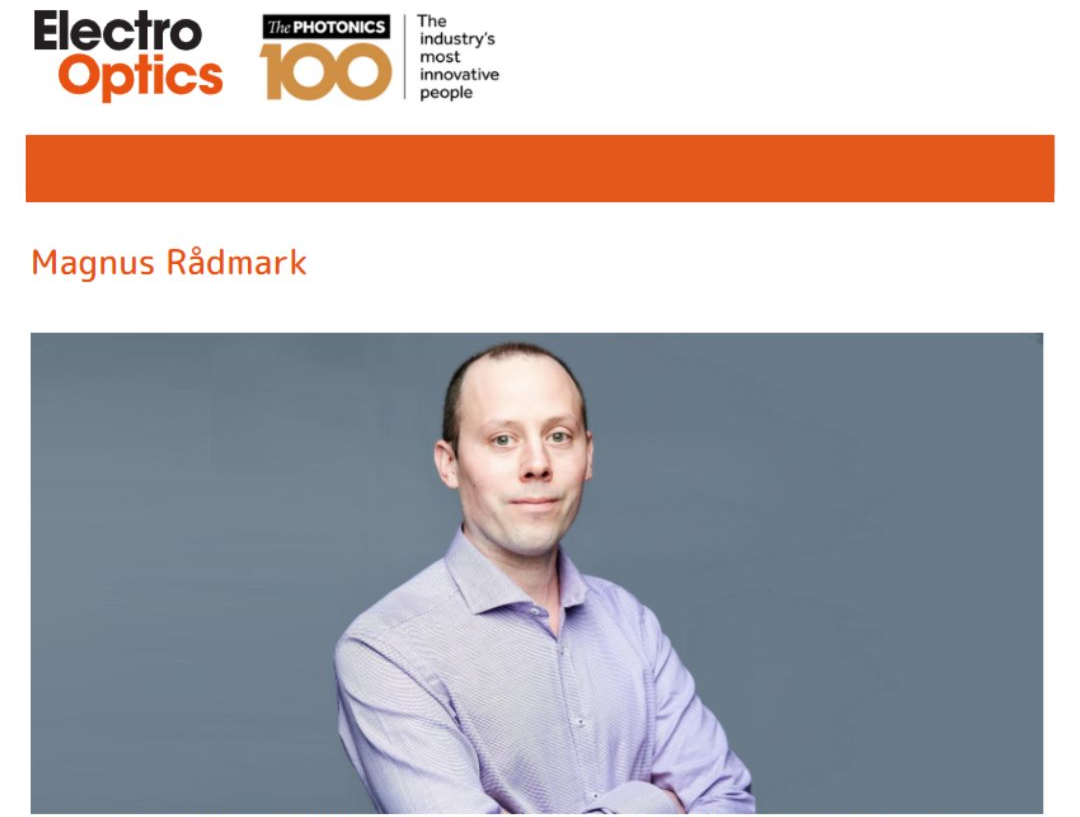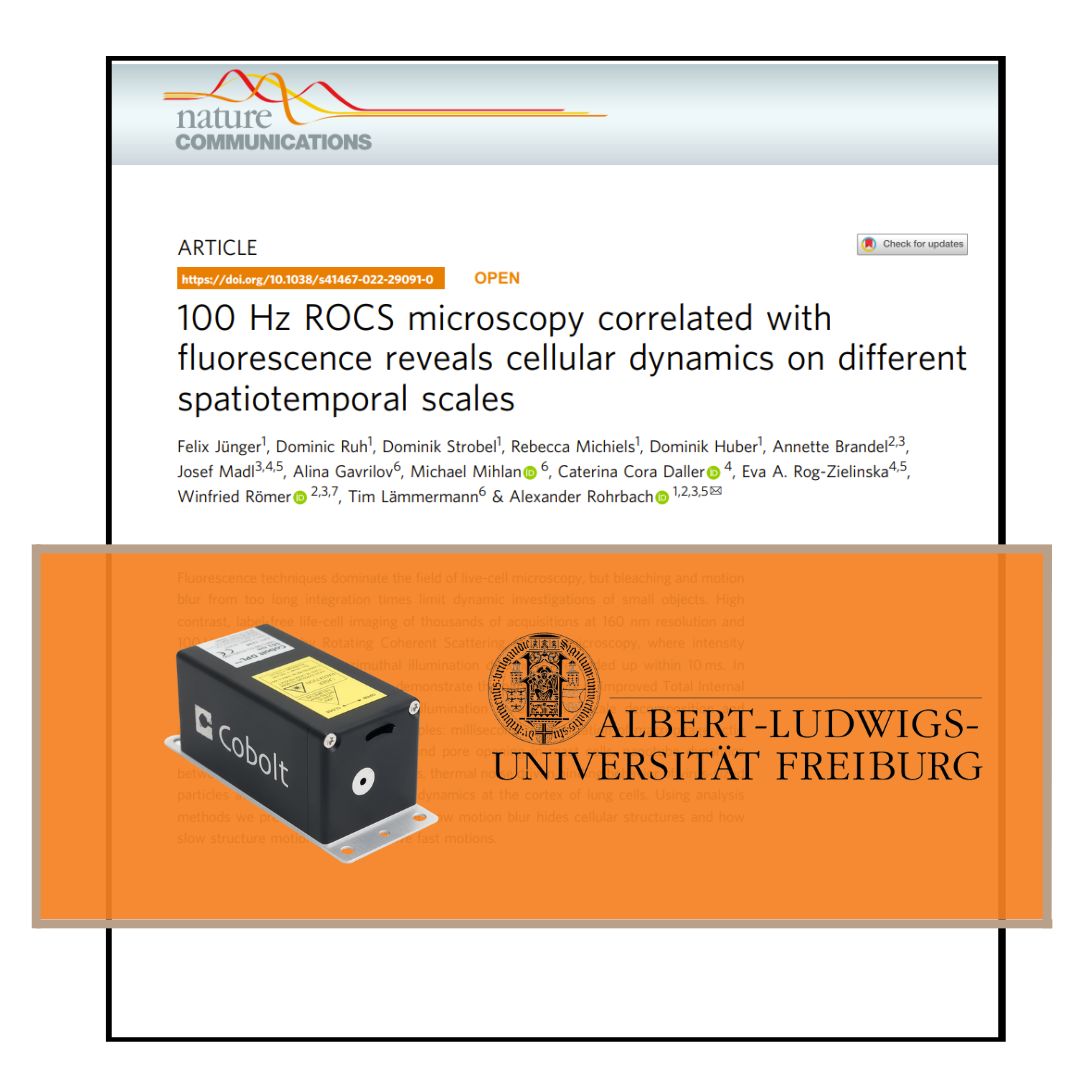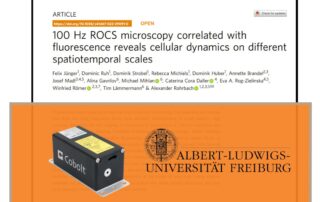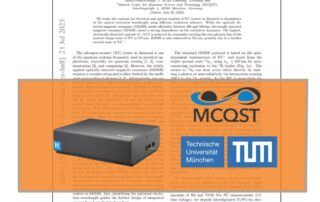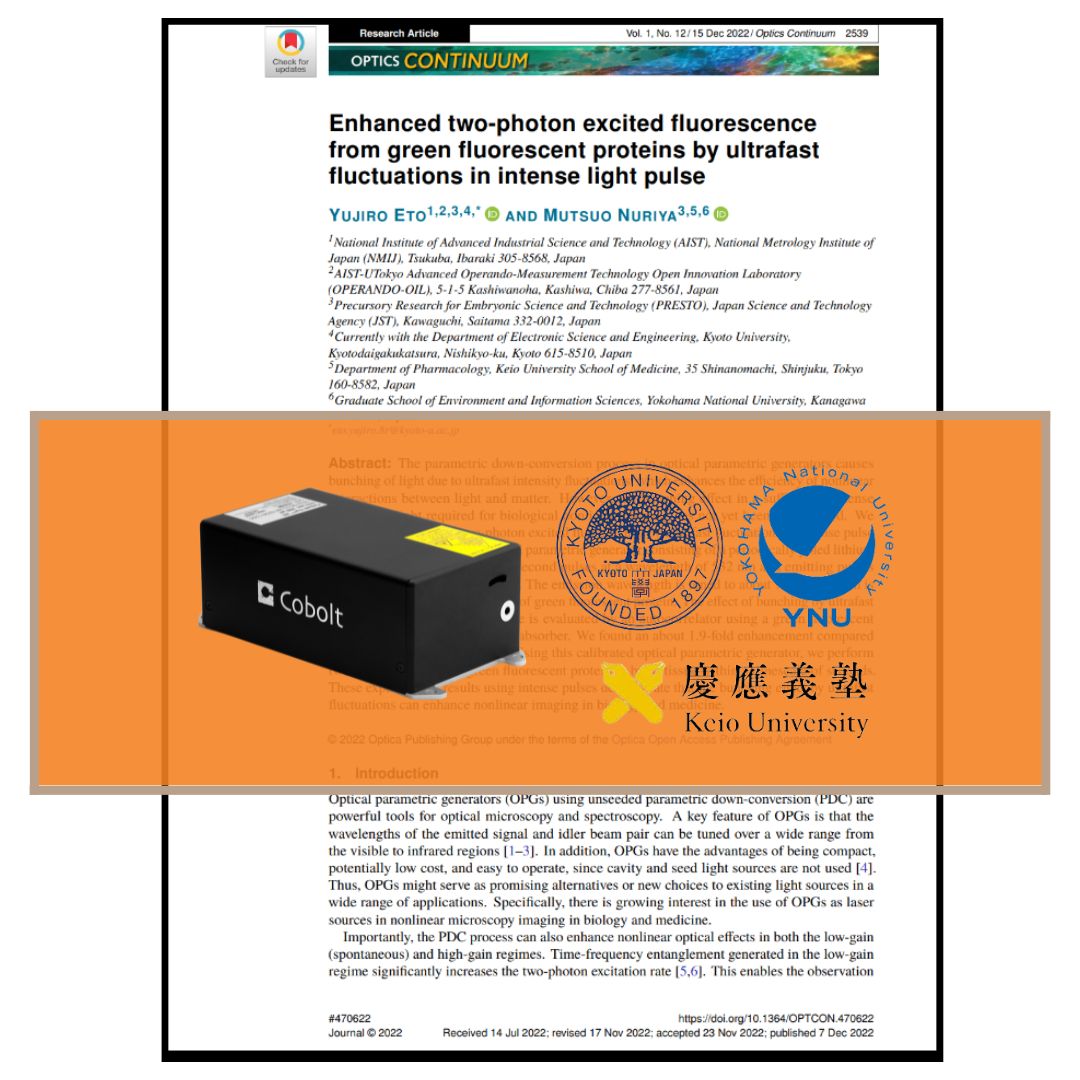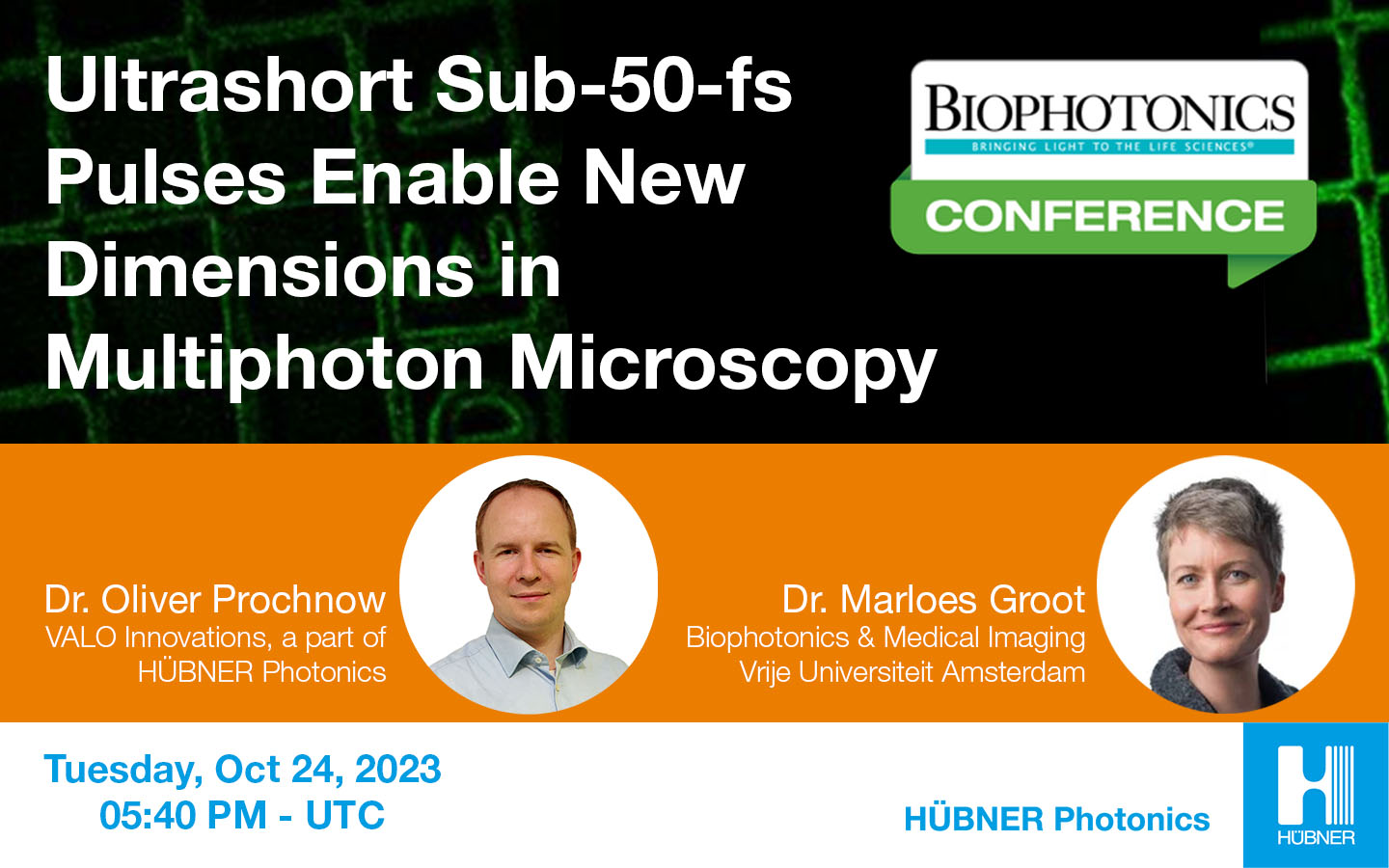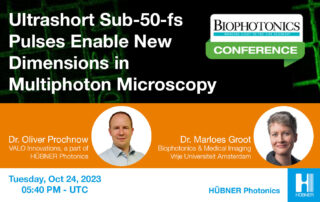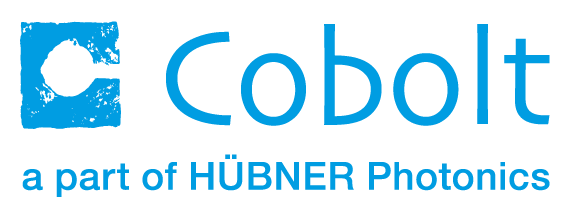Meet us at SPIE Photonics West & BIOS

Location: Moscone Center, California, United States
Exhibition dates: January 27 – February 1. 2024
BiOS booth #: 8567
SPIE PW booth #: 3567
Once again, it’s time for Photonics West in San Francisco (USA). We are excited to join the world’s largest photonics technologies event of 2024 and we hope to meet you there too!
If you are curious to learn the most cutting-edge research in biomedical optics, biophotonics, industrial lasers, optoelectronics, microfabrications, quantum technologies, and so much more, this is the right gathering for you!
Our experts and lasers engineers will welcome you at booths #3567 (BiOS) and #8567 (SPIE Photonics West) from Saturday 27th January to Thursday 1st February. They are eager to share their knowledge with you and enveil our brand new products (see below!)
Do you have some detailed questions or inquiries that might need a bit more time or privacy?
Take the opportunity to book a meeting with our knowledgeable staff who will be present during Photonics West and BIOS.
It can be the perfect time to get a closer look at our specifications, and get advice regarding laser integrations and custom projects.
Invited talk
This year we are excited to share the findings of a research project developed in collaboration with Prof. Digonnet’s research group at Stanford University. Dr. Enkeleda Balliu’s presentation sheds light on the latest breakthroughs in second-generation radiation-balanced fiber laser and amplifier.
This talk offers insights into the potential of achieving substantial gain and energy storage in a small-core Yb-doped fiber, leveraging the innovative anti-Stokes pumping technique for effective cooling.
Don’t miss this opportunity to glimpse into the future of fiber laser technology!
February 1, 2024. Invited talk • 10:50 AM – 11:20 AM PST | Moscone Center, Room 204 (Level 2 South)
Single-mode radiation-balanced Yb-Doped silica fiber laser and amplifier
We report a new radiation-balanced Yb-doped single-mode fiber laser cooled by anti-Stokes pumping with an optical efficiency five times larger than the previous generation. The gain fiber is a single-mode aluminosilicate fiber heavily doped with Yb3+ ions encapsulated in CaF2 nanoparticles.
The laser emits 187 mW at 1064 nm for 435 mW of 1040-nm pump power launched in the fundamental mode. This result demonstrates the ability of anti-Stokes pumping to operate a single-mode fiber laser at room temperature despite the limited number of Yb3+ ions available in the small core for cooling. The performance of a radiation-balanced single-mode fiber amplifier is also reported.
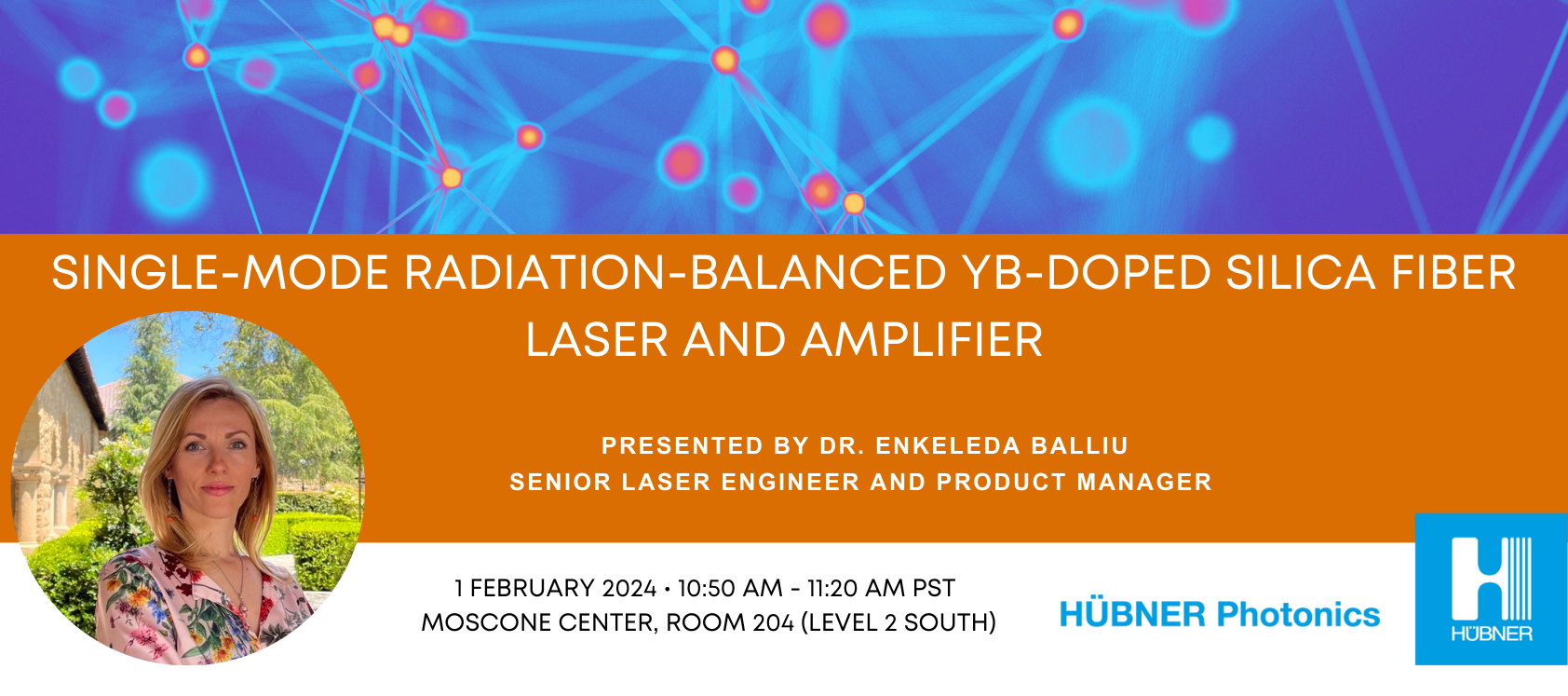
Here are our new releases!
New – VALO Tidal Femtosecond Fiber Lasers
Passively cooled compact system delivering unique peak powers – now with 2 W
HÜBNER Photonics proudly announces the next generation of the VALO femtosecond lasers. The new Tidal delivers pulse durations of typically 40 fs at 2 W of output power. Due to the exceptional peak power and the integrated dispersion pre-compensation unit it is an ideal tool for nonlinear applications like high harmonic imaging, broadband Terahertz generation, and nonlinear wafer inspection.
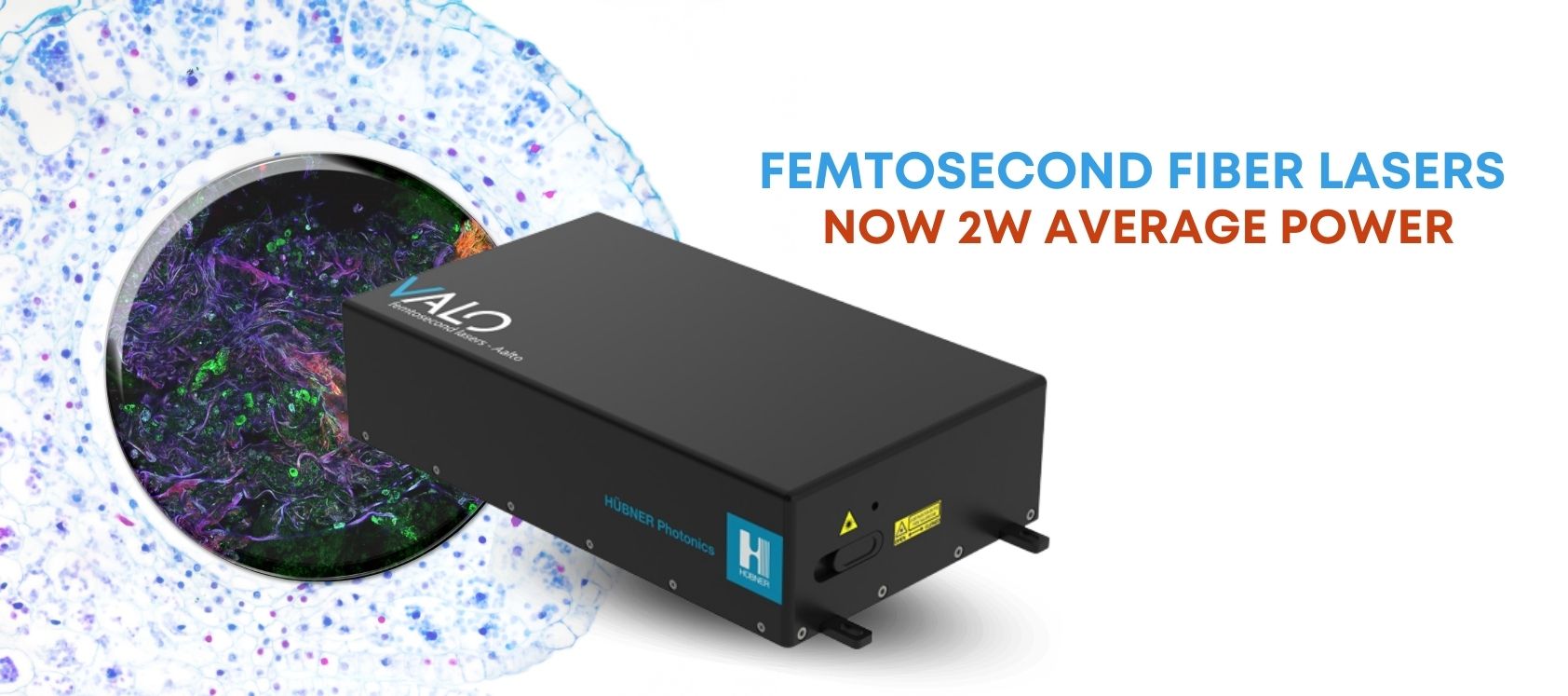
New harmonized electrical interface – new wavelength and power on the Cobolt 06-01 Series
New on the Cobolt 06-01 Series is a harmonized electrical interface across the platform irrespective of laser technology.
In addition a new wavelength in the orange will be shown. The Cobolt 06-DPL 594 nm laser, which provides a CW power output of up to 100 mW in a compact footprint with direct modulation capabilities is easy to integrate into laser combiners such as the C-FLEX or simply for stand-alone use in the laboratory, specifically suitable for excitation of AF594, mCherry, mKate2 and other red fluorescent proteins.
Along with these new announcements is higher power at on the Cobolt 06-MLD 488nm, now with 300 mW!
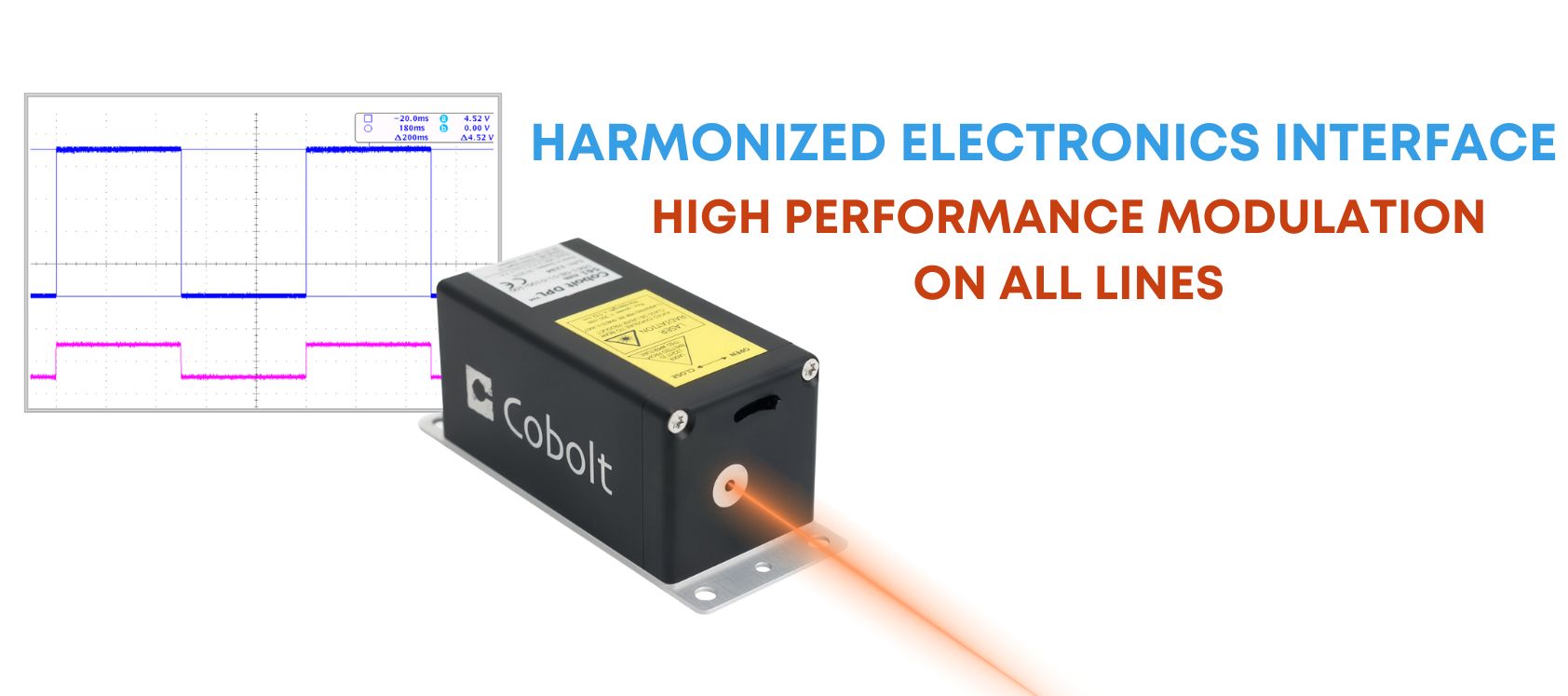
New – Cobolt DiscoTM 785 nm diode pumped laser
The new Cobolt Disco™ 785 nm single-frequency laser delivers up to 500 mW in a perfect TEM00 beam. This new wavelength is an extension of the Cobolt 05-01 Series platform, and with an innovative design delivers excellent wavelength stability, a linewidth of less than 100 kHz, and spectral purity better than 70 dB, providing the performance needed for high-resolution Raman spectroscopy measurements.

Coming soon – sneak peak!
Compact tunable lasers & fiber amplifiers
HÜBNER Photonics will showcase a range of lasers for applications in quantum technology. The Cobolt Qu-T™ Series is a family of impressively compact, single frequency, tunable lasers operating at wavelengths of 707 nm, 780 nm and 813 nm. The coarse tunability of >4 nm, narrow mode-hop free tuning of >5 GHz, linewidth of <100 kHz and powers of 500 mW, means the Cobolt Qu-T™ Series is perfect for quantum experiments based on atomic transitions and generation of entangled photon pairs through spontaneous parametric down-conversion.
Meanwhile the new Ampheia™ Series of high-power fiber amplifiers, boasts ultra-low noise and single-frequency capability while delivering 20 W, 40 W, and 50 W at 1064 nm in a perfect beam. A laser set to challenge experiments in atom trapping.
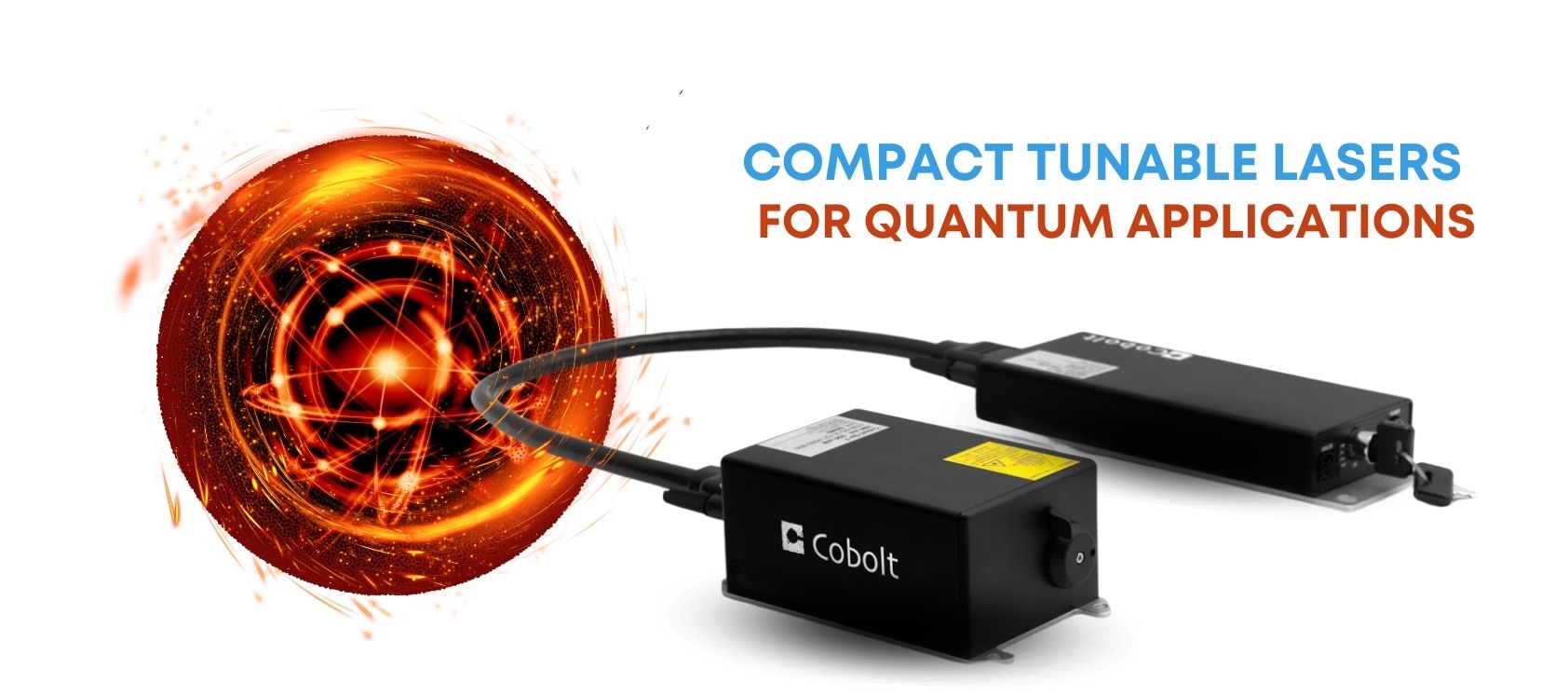
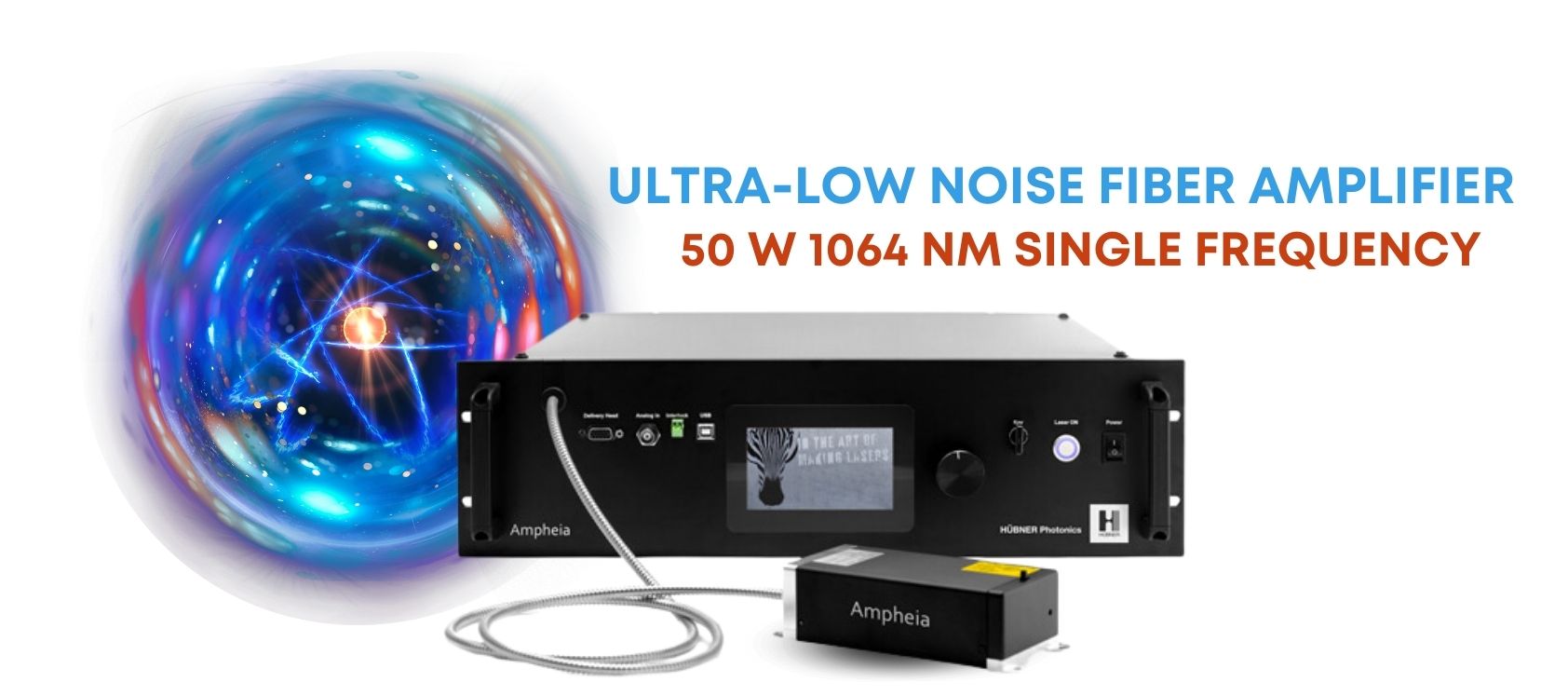
BiOS and Photonics West present the perfect opportunities for us to reconnect with our photonics community and follow the progress of this dynamic and inspiring industry. We look forward to meeting you all at booths #3567 (BiOS) and #8567 (SPIE Photonics West) from Saturday 27th January to Thursday 1st February!
Be sure to follow our LinkedIn page for some behind-the-scenes from the exhibitions, and an exclusive sneak-peak of our booth design for this year!


